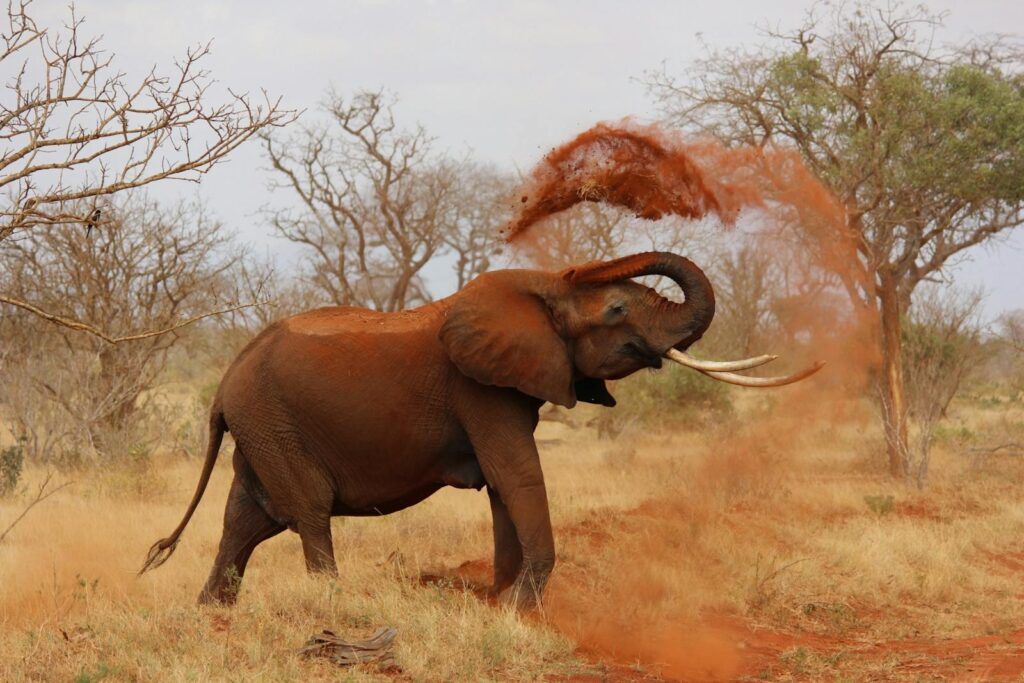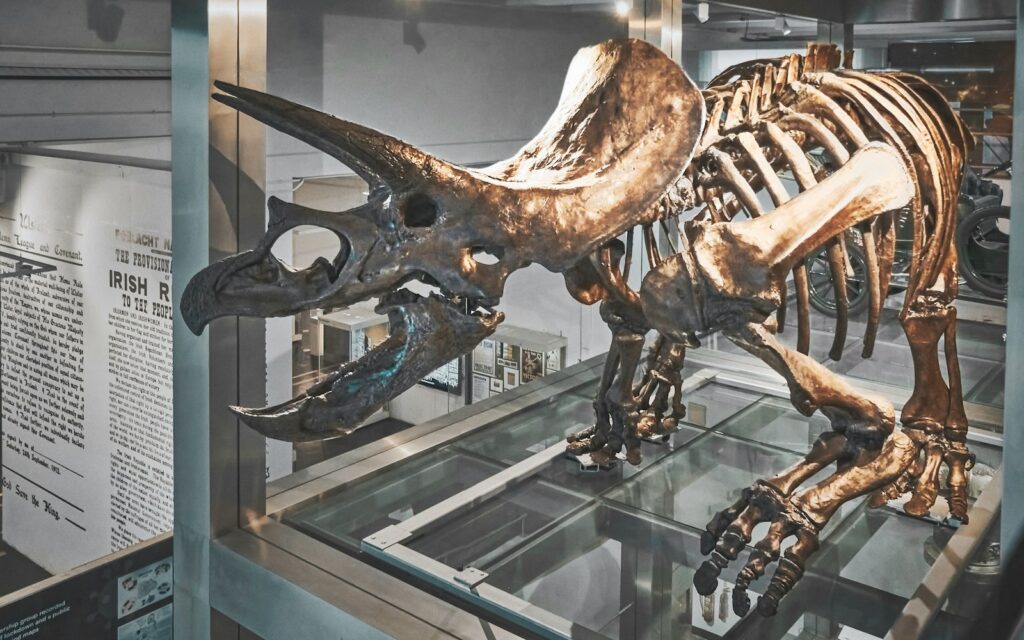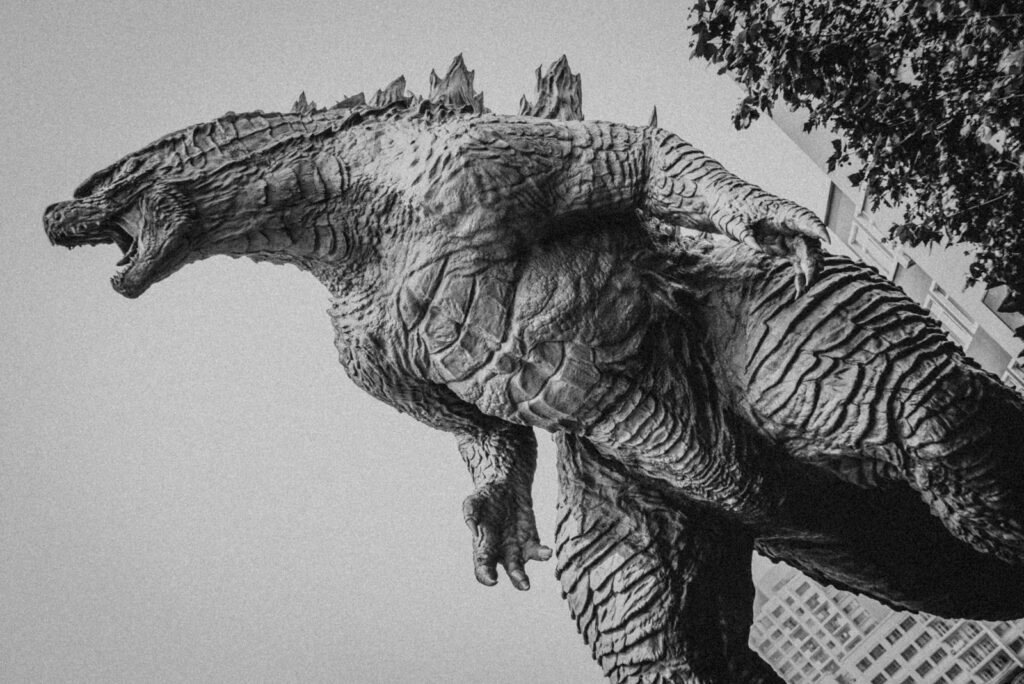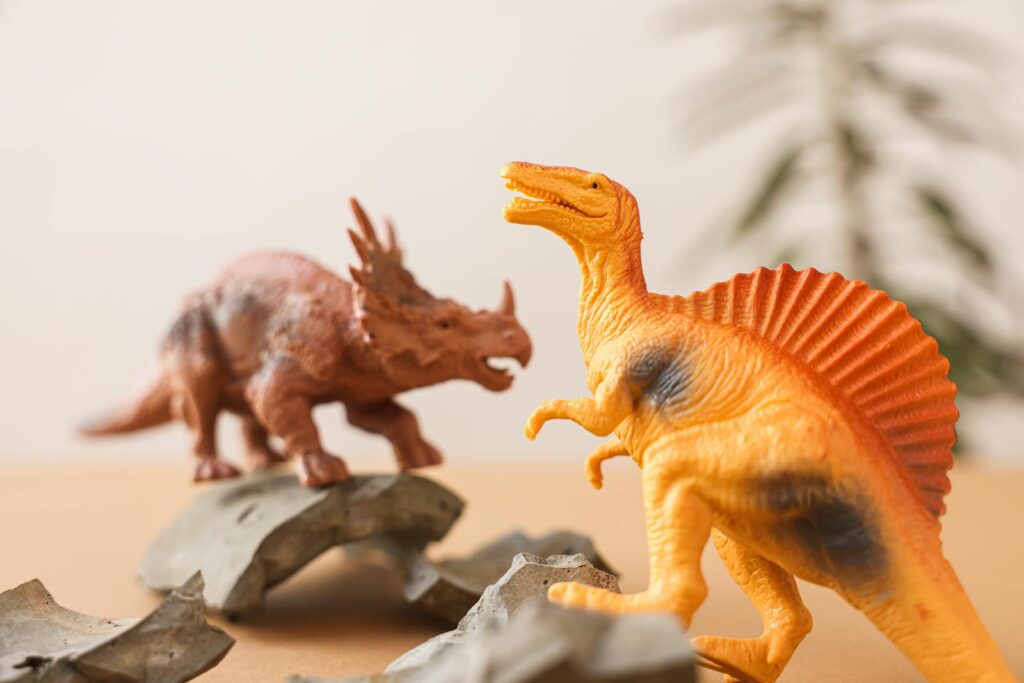The massive dinosaurs that once roamed our planet continue to captivate our imagination. Creatures like the 85-foot-long Brachiosaurus and the 65-ton Argentinosaurus dwarf even our largest modern land animals. These prehistoric giants achieved sizes that defy the physical constraints we observe in today’s wildlife. Their immense proportions raise fascinating questions about the biological adaptations that allowed them to support such tremendous weight without their skeletons buckling under the pressure.
This article explores the remarkable evolutionary solutions that enabled some dinosaurs to grow to such extraordinary sizes while maintaining structural integrity.
The Challenge of Gigantism

Gigantism presents fundamental physical challenges for any land animal. As body size increases, weight grows exponentially compared to bone strength, creating what scientists call “the square-cube law problem.” This principle dictates that when an animal doubles in linear dimensions, its volume and weight increase eightfold, while the cross-sectional strength of its bones only quadruples.
Modern elephants approach the theoretical size limit for land mammals based on this principle, weighing up to 7 tons. Yet some sauropod dinosaurs reached weights exceeding 70 tons—ten times heavier—suggesting they evolved specialized adaptations to overcome these physical constraints. Their solution to this engineering problem represents one of evolution’s most impressive achievements.
Lightweight but Strong Bones

The dinosaurs’ secret began with their remarkable bone structure. Contrary to what you might expect, many giant dinosaurs didn’t simply evolve denser, heavier bones. Instead, their skeletons incorporated an ingenious design featuring hollow spaces called pneumatic cavities. These air-filled chambers significantly reduced bone weight while maintaining structural strength.
CT scans of sauropod vertebrae reveal complex internal networks of air spaces connected to the respiratory system, making their massive backbones up to 60% air by volume. This pneumaticity created a biological equivalent of I-beam construction—providing maximum strength with minimal material. These adaptations allowed dinosaurs to grow larger while avoiding the crushing weight that would come with solid bones.
The Role of Bird-Like Respiratory Systems

The pneumatic bone structure in dinosaurs relates directly to their respiratory system, which was more similar to modern birds than to mammals. Birds possess air sacs that extend into their bones, creating a highly efficient one-way breathing system. Evidence suggests many dinosaurs, particularly the largest sauropods, evolved a similar respiratory arrangement.
This system served dual purposes: it provided the superior oxygen uptake necessary to fuel their massive bodies while simultaneously creating the network of air spaces that lightened their skeleton. The connection between pneumatic bones and the respiratory tract created an elegant evolutionary solution that addressed both metabolic demands and structural engineering challenges. This avian-style breathing apparatus represents a critical innovation that enabled dinosaur gigantism.
Superior Bone Composition

Beyond their architectural design, dinosaur bones possessed exceptional material properties. Microscopic examination reveals that sauropod bones contained uniquely arranged fibers and minerals that enhanced their strength-to-weight ratio. Their bones featured a precise layering of collagen fibers and hydroxyapatite crystals, creating a composite material with remarkable tensile strength. Some studies indicate that the bone tissue of certain sauropods could withstand greater mechanical stress than that of modern mammals.
Additionally, their bones developed specialized stress-dissipating structures at joints and connection points. This advanced bone composition allowed dinosaurs to evolve larger bodies without proportionally thicker limbs, avoiding the columnar elephant-like legs that would otherwise be necessary to support such weight.
Strategic Weight Distribution

Giant dinosaurs evolved body plans that distributed weight in biomechanically advantageous ways. Sauropods, the largest dinosaurs, developed a quadrupedal stance with pillar-like limbs positioned directly beneath their bodies, similar to modern elephants but with even better weight distribution. Their long necks and tails counterbalanced each other, centering the heaviest portion of their body mass over their limbs.
This arrangement minimizes torsional forces on the spine and reduces stress on individual bones. Computer modeling suggests that many sauropods evolved a slight rearward weight bias, with their hind limbs bearing a greater proportion of their body mass than their forelimbs. This strategic weight distribution demonstrates how evolution shaped their entire skeletal architecture to accommodate immense size.
Specialized Vertebral Adaptations

The backbone represents a critical structural component for any large animal, and dinosaurs evolved remarkable specializations in their vertebrae. Giant sauropods possessed vertebrae with elaborate arrangements of bony struts and plates called laminae and fossae. These structures created a truss-like framework that provided maximum strength while minimizing weight. The vertebrae also featured ball-and-socket joints rather than the flatter connections seen in mammal spines, allowing for greater flexibility without sacrificing stability.
Perhaps most impressively, the largest dinosaurs evolved vertebrae with high neural spines that anchored powerful ligaments and muscles, creating a natural suspension bridge along their back. This arrangement effectively distributes weight across the entire spine rather than concentrating stress at individual points.
Growth Patterns That Build Stronger Bones

The growth strategy of giant dinosaurs differed dramatically from large modern mammals, contributing to their ability to develop stronger skeletons. Unlike elephants, which grow relatively slowly and reach skeletal maturity before achieving full size, sauropods maintained rapid growth rates throughout much of their development. Studies of growth rings in fossilized bones indicate that some large dinosaurs grew at rates exceeding 1,000 kilograms per year during peak growth phases. This rapid growth allowed their bones to continuously remodel and strengthen in response to increasing body mass.
Additionally, their skeletons didn’t completely ossify until late in development, allowing bone architecture to adapt to mechanical stresses throughout the growth period. This dynamic bone formation process produces skeletons optimized for their final adult size.
The Advantage of Laying Eggs

The reproductive strategy of dinosaurs played a surprising role in enabling their gigantic sizes. Unlike large mammals that must support developing offspring internally through pregnancy, dinosaurs laid eggs. This oviparous reproduction freed females from the additional weight burden and physiological constraints of carrying progressively larger young. A 70-ton sauropod began life as a 5-10 kilogram hatchling, representing less than 0.02% of its adult weight.
This reproductive approach allowed dinosaurs to invest their physiological resources in personal growth rather than fetal development. By comparison, an elephant calf already represents about 4-7% of its mother’s mass at birth. The egg-laying strategy effectively removed one of the major constraints that limits maximum body size in mammals.
Muscular Support Systems

Bones alone cannot support a giant body; they require an equally impressive muscular system. Dinosaurs evolved specialized muscle arrangements that provided crucial structural support to their skeletons. Fossil evidence and comparative anatomy suggest that sauropods possessed massive muscle attachments on their limb bones, particularly around joints where stress concentrates. They developed extensive ligament systems, especially along their spine, that functioned like the cables of a suspension bridge to distribute weight forces.
Some sauropods also evolved broad muscle attachments on their pelvis and shoulder girdles, creating a biological equivalent of a weight-bearing harness. This integrated musculoskeletal system effectively transferred forces across the entire body rather than allowing stress to concentrate on vulnerable bone sections.
The Impact of Environmental Conditions

The Mesozoic Era provided environmental conditions that favored the evolution of gigantism. Oxygen levels were higher during much of the dinosaur reign, potentially supporting the greater metabolic demands of larger bodies. The dominant vegetation consisted of high-growing conifers and cycads, selecting for long-necked browsers that could access elevated food sources. Additionally, the generally warmer climate may have benefited large dinosaurs, as massive bodies lose heat more slowly relative to their volume—an advantage in maintaining stable body temperatures.
These environmental factors created selective pressures that rewarded increased size as a successful evolutionary strategy. The combination of available resources and physical conditions during the Mesozoic created a “perfect storm” for the evolution of giant dinosaurs with specialized skeletons capable of supporting unprecedented body mass.
Evolutionary Tradeoffs

The remarkable adaptations that enabled dinosaur gigantism came with evolutionary compromises. The highly specialized skeletons of the largest dinosaurs sacrificed some versatility for their size capabilities. Their massive bodies limited speed and agility, creating ecological vulnerabilities. The extensive pneumatization that lightened their bones also potentially increased their fragility against certain types of impact forces.
Some studies suggest that the largest sauropods had a limited ability to run or perform rapid movements, as their specialized joints optimized weight-bearing at the expense of mobility. These tradeoffs demonstrate that gigantism required evolutionary specialization rather than the simple scaling-up of body plans. The success of these adaptations is evidenced by the fossil record, which shows that giant sauropods thrived for over 100 million years despite these compromises.
Comparing Dinosaur and Mammal Size Limits

The stark difference between the maximum size of dinosaurs and mammals highlights the effectiveness of their skeletal adaptations. The largest known land mammal, Paraceratherium, reached approximately 15-20 tons—impressive, but still only about a quarter the size of the largest sauropods. This disparity stems largely from the fundamentally different skeletal and respiratory architecture between the two groups.
Mammals evolved from ancestors with more compact, denser skeletons and diaphragm-based breathing systems that don’t permit extensive bone pneumatization. Their reproductive strategy requiring internal gestation creates additional size constraints. Blue whales exceed dinosaur sizes only because the aquatic environment provides buoyancy that effectively counteracts gravity. The dramatic size difference between terrestrial dinosaurs and mammals underscores how the dinosaurs’ specialized skeletal adaptations successfully overcame biomechanical challenges that still limit mammal dimensions today.
Modern Scientific Insights Through Technology

Contemporary research technologies are revolutionizing our understanding of dinosaur gigantism. Advanced CT scanning allows paleontologists to visualize the internal structure of fossilized bones without damaging specimens, revealing the complex pneumatic networks that lightened dinosaur skeletons. Finite element analysis—the same computer modeling used in engineering—enables scientists to simulate the mechanical stresses dinosaur bones experienced during life. Comparative studies using electron microscopy expose the microscopic structure of dinosaur bone tissue, demonstrating its unique material properties.
These modern techniques reveal that dinosaur bones combined lightweight design with composite materials in ways that rival advanced human engineering. As technology advances, our appreciation for the sophisticated biological solutions that enabled dinosaur gigantism continues to deepen, offering potential inspiration for bio-inspired materials and structural designs.
Conclusion

The evolutionary innovations that allowed certain dinosaurs to achieve unprecedented sizes represent one of nature’s most impressive engineering achievements. Through a combination of lightweight pneumatic bones, efficient respiratory systems, strategic weight distribution, and specialized growth patterns, dinosaurs overcame the physical limitations that constrain modern land animals. Their ability to support massive bodies without skeletal failure demonstrates the remarkable adaptability of biological systems when shaped by millions of years of natural selection.
As we continue to study these magnificent creatures through increasingly sophisticated methods, the ancient puzzle of dinosaur gigantism reveals not just fascinating insights about prehistoric life, but also potential lessons for human structural engineering and materials science.




